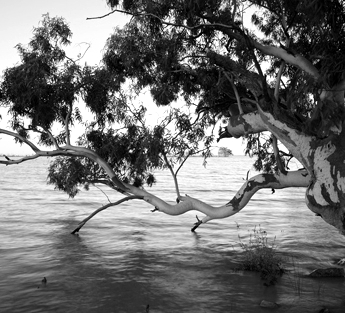Frog sounds give river data
 Local researchers have become the first in the world to eavesdrop on ecosystems to monitor wetland restoration outcomes via water allocations.
Local researchers have become the first in the world to eavesdrop on ecosystems to monitor wetland restoration outcomes via water allocations.
The method for continuously and autonomously measuring improvements to the wetlands involves listening in on frog and bird calls.
Measuring ecosystem health is usually conducted using sporadic spot checks throughout the year that fail to capture incremental increases of species arriving at restored wetland sites.
Manually monitoring and identifying bird and frog calls to determine wetland health has been possible for some time, but the method is time intensive and therefore rarely used.
But now, a team from Griffith University has streamlined the process of ‘autonomously recording’ the wetland sounds by designing a first-of-its-kind automated analysis workflow using ecoacoustic software.
Every year, close to half of the Murray Darling Basin’s total water is diverted to support operations such as irrigated agriculture, which results in only 40 per cent of the original amount of water reaching the mouth of the Murray and leads to impacts on native fish, frog and bird life.
Since 2007, the Federal Government has set aside $13 billion to improve river health under the Murray Darling Basin Plan, but it can be difficult to monitor change.
The ecosystem health of Reedy Swamp, north of Shepparton, was monitored by analysing increases in bird and frog activity via autonomous recorders that can be used year-round, the batteries of which only need to be changed once a year.
“After a bit of tinkering, such as restricting the analysis to certain hours of the day and automatically filtering out the noise of cars and nearby farm machinery, we can automatically monitor the increase in wildlife activity without manually counting the number of calls,” researcher Dr Simon Linke said.
“This method can only automatically monitor overall activity and complexity so far, which is a proxy for species numbers.
“However we are very keen to collaborate with our colleagues at the Queensland University of Technology to build an automatic detection algorithm, or a ‘Shazam’ for waterbirds.
“We’d also like to extend this work to record underwater soundscapes or 'singing fish', like the endangered silver perch in the Murray Darling Basin.”







 Print
Print